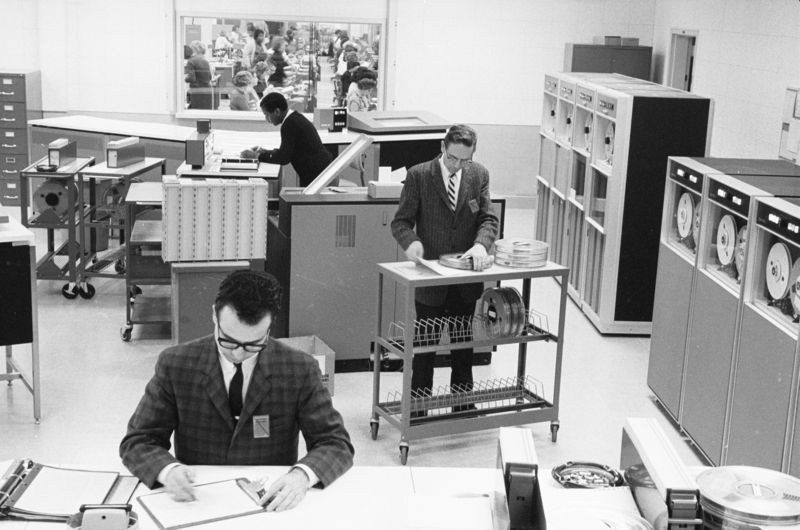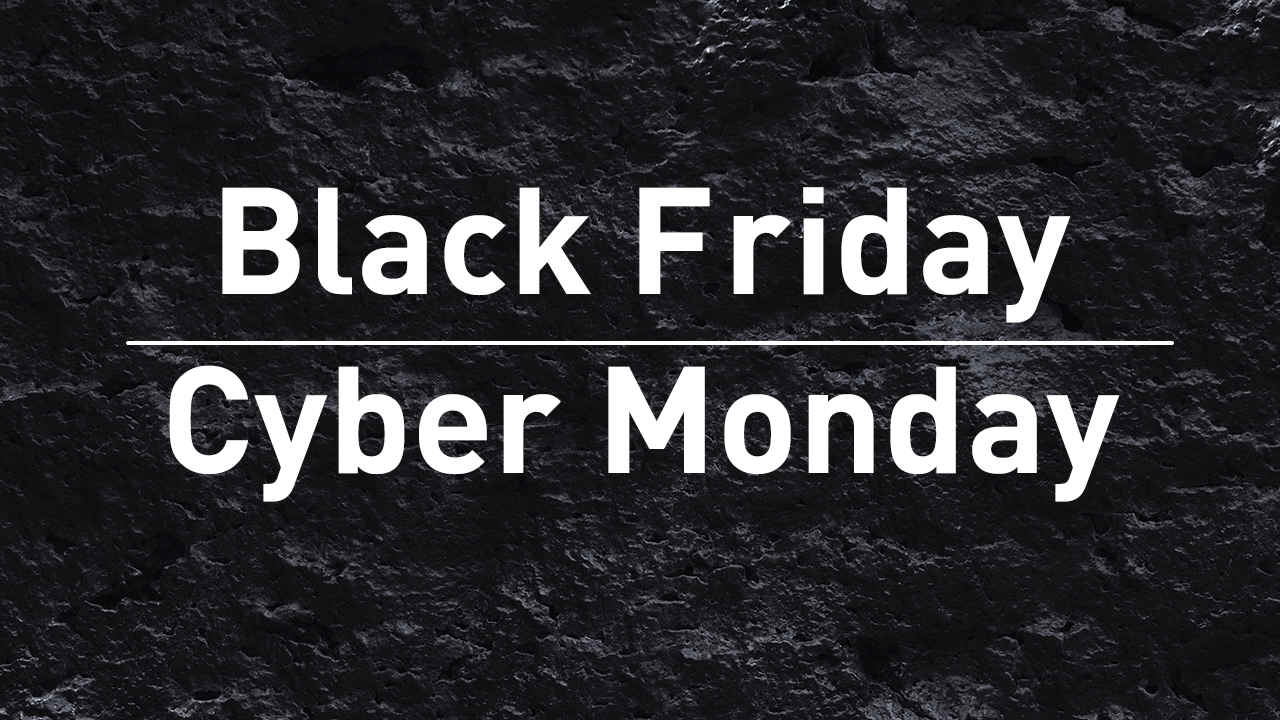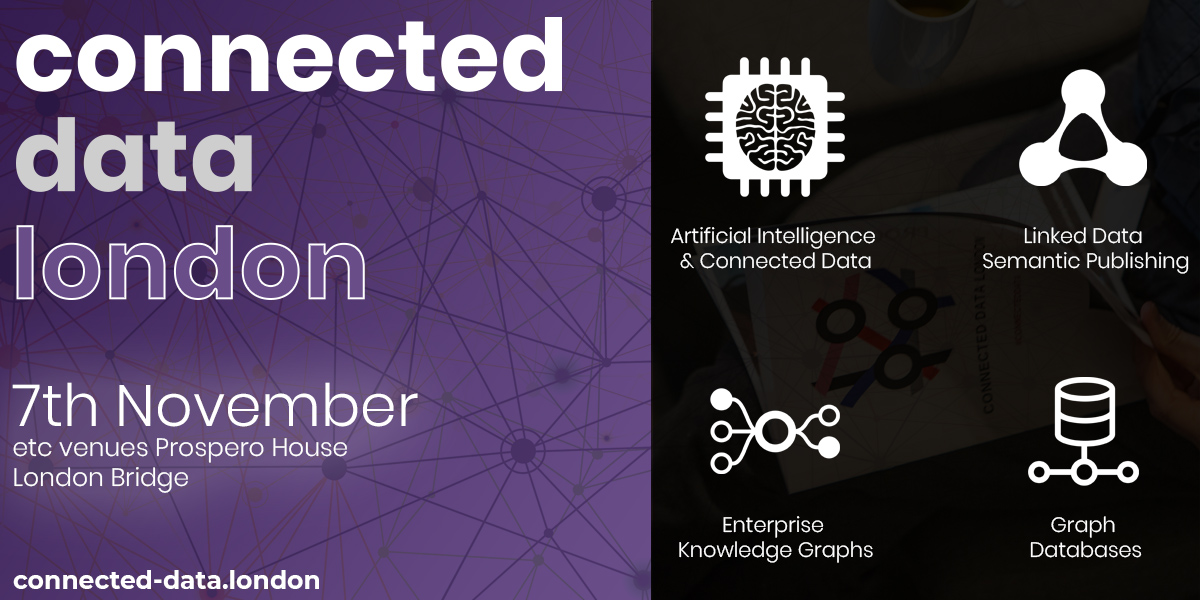Want to boost customer engagement? Invest in data integration, metadata, data governance, says Informatica

What does a Data Hub Reference Architecture have to do with Customer Engagement? A lot, according to Informatica, who wants to complement Adobe, Microsoft, and SAP, in their Open Data Initiative. The big question, however, is whether this has legs.
Read More →More graph databases. The Year of the Graph Newsletter Vol. 8, December 2018

Redis announces RedisGraph and a benchmark, TigerGraph goes AWS, AWS hands-on experiences, new features from Stardog and AnzoGraph, Graphs and Machine Learning, GraphQL, Atlas, DBpedia, Connected Data London and the Year of the Graph. I often get asked about graph databases – what they are, what are they good for, how to choose one, as […]
Read More →Real-time data processing just got more options: LinkedIn releases Apache Samza 1.0 streaming framework

Samza is now at near-parity with other Apache open-source streaming frameworks such as Flink and Spark. The key features in Samza 1.0 are SQL and a higher level API, adopting Apache Beam. What does this mean for this space, and how do you choose?
Read More →Just another Cyber Monday: Amazing Amazon and the best deal ever

When you get something at 80% off on Amazon, who do you think wins — you or Amazon? If you think that’s a strange question, you ain’t seen nothing yet. Maybe it’s time we re:Invent some things. But, how can possibly getting a huge discount be bad? It’s not, if you actually need what you’re buying, and […]
Read More →From big data to AI: Where are we now, and what is the road forward?

It took AI just a couple of years to go from undercurrent to mainstream. But despite rapid progress on many fronts, AI still is something few understand and fewer yet can master. Here are some pointers on how to make it work for you, regardless of where you are in your AI journey.
Read More →ScyllaDB achieves Cassandra feature parity, adds HTAP, cloud, and Kubernetes support

ScyllaDB, the open-source drop-in replacement for Apache Cassandra, is growing up. Version 3.0 closes the gap in terms of features, and has a few extras to add on top of superior performance over Cassandra.
Read More →MemSQL 6.7 brings free tier and performance enhancement: Transactions for nothing, and faster queries for free

MemSQL is not the first database to offer a free tier. But this one comes with full functionality to support real-world use cases, while also improving performance for typical data warehousing queries by a factor of 100.
Read More →Graph gets funding. The Year of the Graph Newsletter Vol. 7, November 2018

October 2018 was the busiest month in the busiest year in graph history, hence the longest Year of the Graph newsletter to date. Neo4j lands a massive funding round, Tinkerpop is moving forward, the most important knowledge graph research event with key industry presence, W3C organizing a Workshop on Web Standardization for Graph Data, and […]
Read More →Getting knowledge graph semantics and definitions right. The Year of the Graph Newsletter Vol. 6, October 2018

Getting knowledge graph semantics and definitions right, semantic web standards used in the real world, by Google no less, and ArangoDB, Azure CosmosDB, Neo4j and TigerGraph announcing new versions. By now you probably know that knowledge graphs are in Gartner’s Hype Cycle. But how does one actually define a knowledge graph? My take on ZDNet. […]
Read More →Processing time series data: What are the options?

Get your data from everywhere you can, anytime you can, they said, so you did. Now, you have a series of data points through time (a time series) in your hands, and you don't know what to do with it? Worry not, because there's a bunch of options.
Read More →